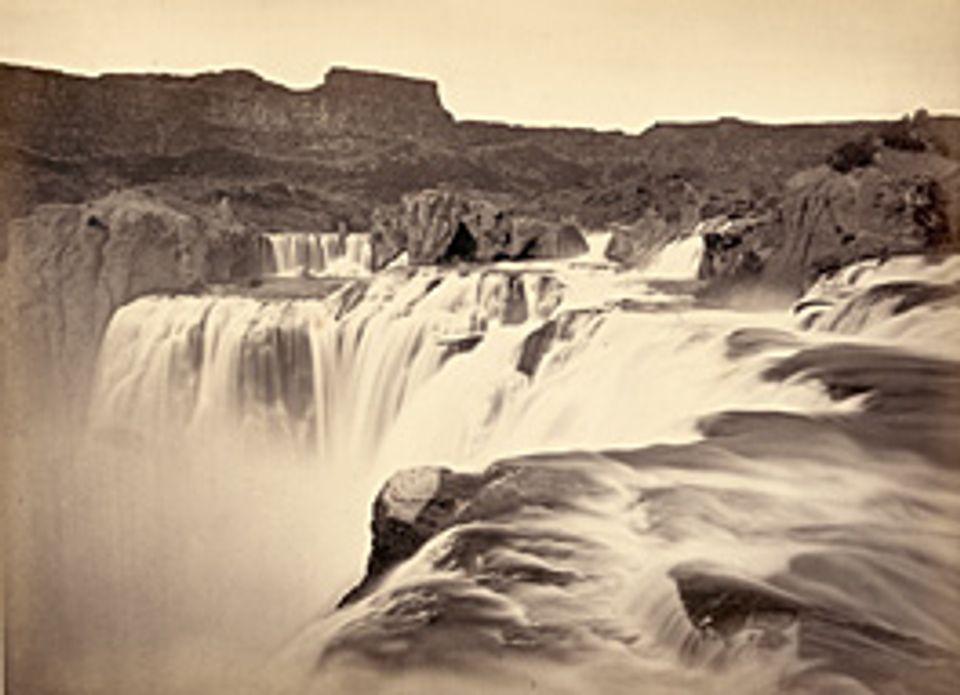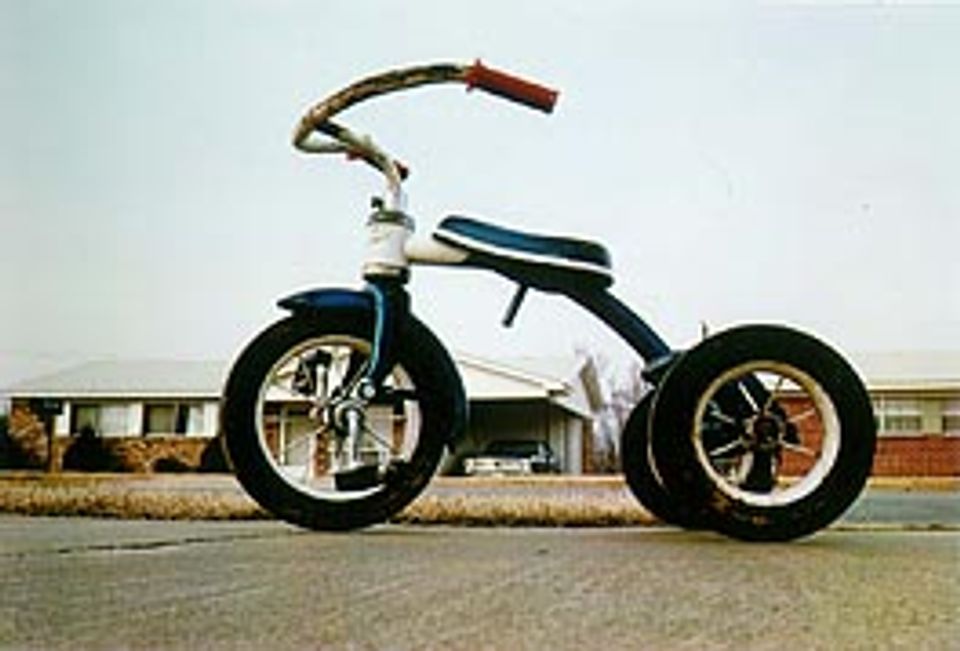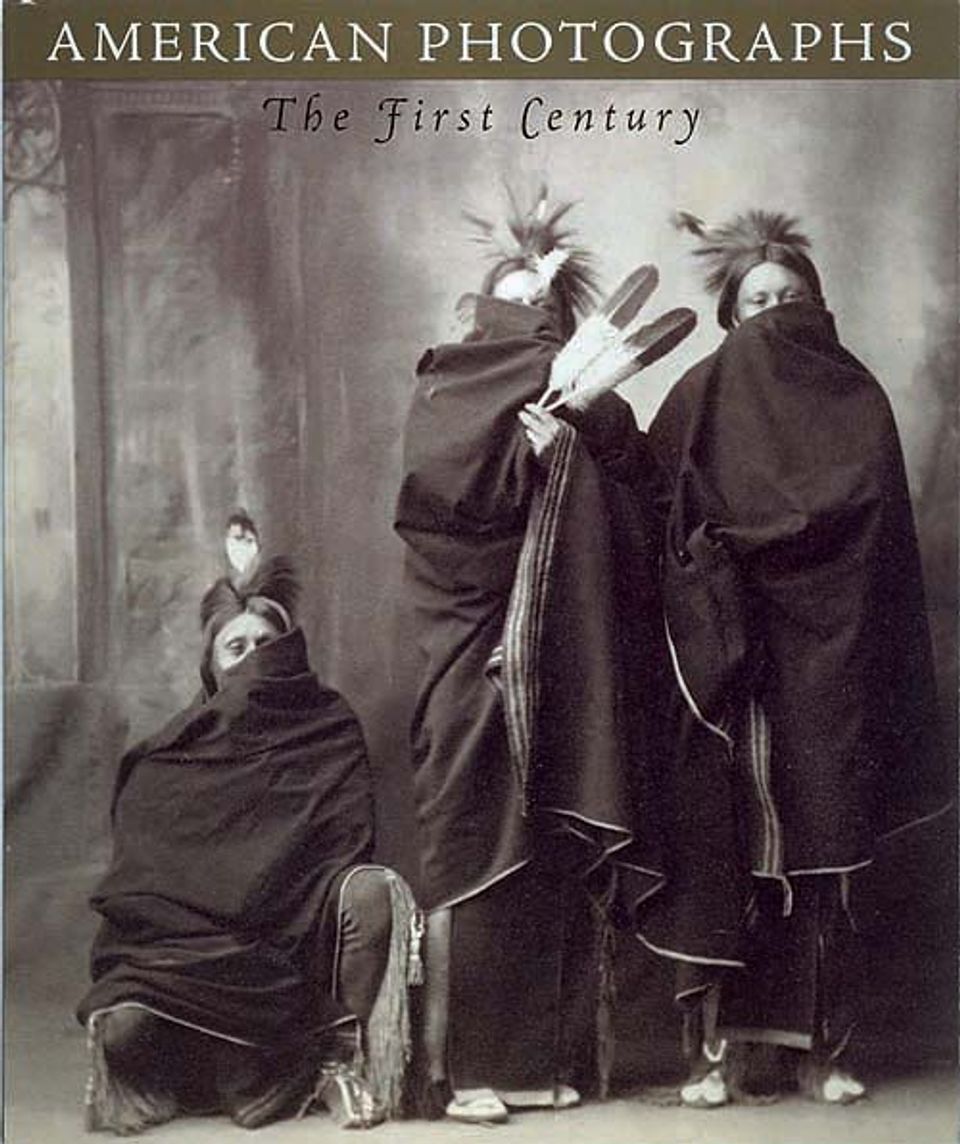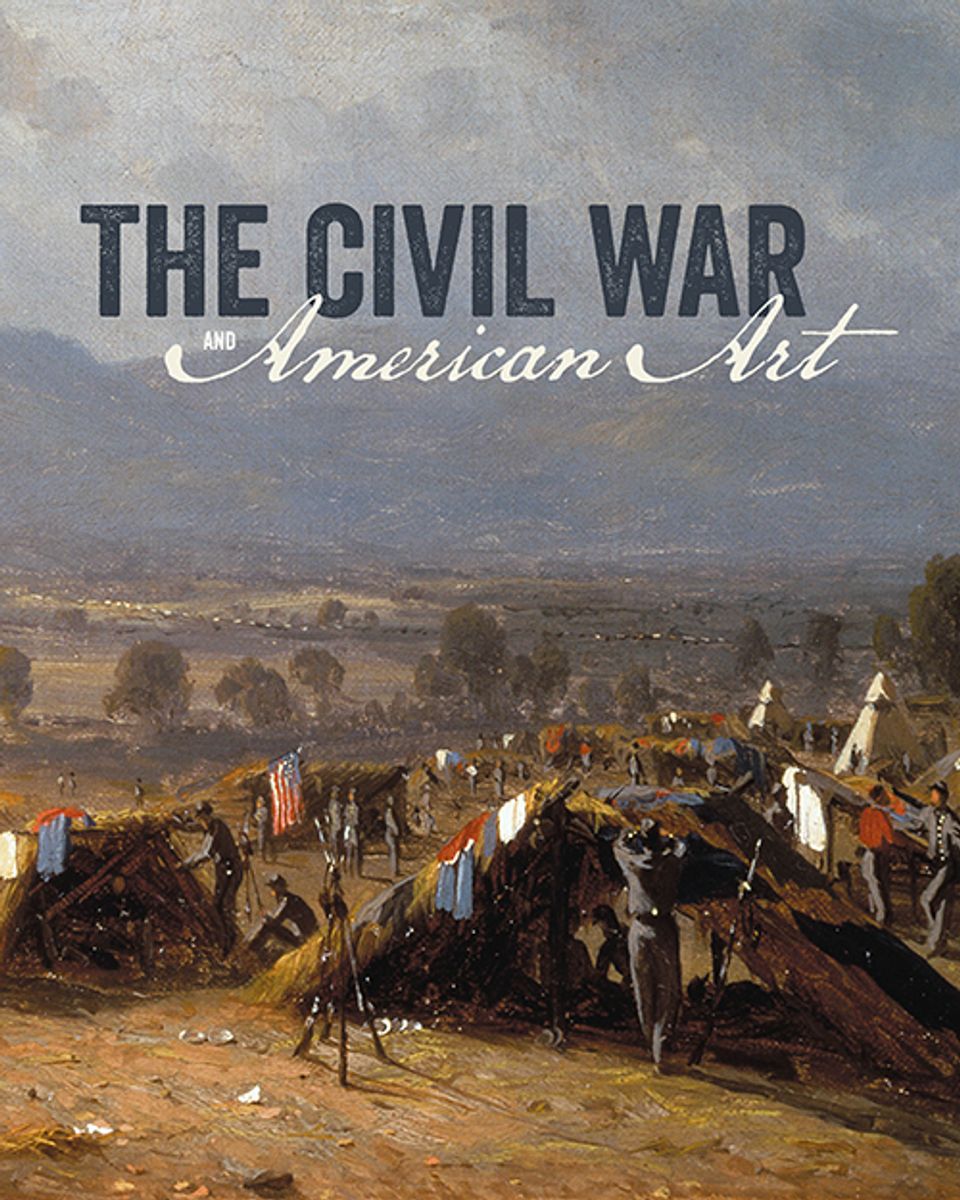Timothy H. O’Sullivan
- Also known as
- T. H. O'Sullivan
- Timothy O'Sullivan
- Born
- Ireland
- Biography
O'Sullivan began his photography career as an apprentice in Mathew Brady's Fulton Street gallery in New York City and then moved on to the Washington, D.C., branch managed by Alexander Gardner. In 1861, at the age of twenty-one, O'Sullivan joined Brady's team of Civil War photographers. When Gardner left Brady, O'Sullivan went with him, working for Gardner until the end of the war. Several of his images were included in Gardner's Photographic Sketch Book of the War. O'Sullivan built his reputation on images that conveyed the destructive power of modern warfare. His photographs of Forts Fisher and Sedgwick suggest the dismal psychological as well as physical effect of continual barrages of distant cannon fire on the soldiers behind the barricades.
In 1867 O'Sullivan joined Clarence King's geological survey of the fortieth parallel—the first federal expedition in the West after the Civil War. The letter of authorization, dated March 21, 1867, from Brigadier General A. A. Humphreys, chief of engineers, Department of War, charged King "to direct a geological and topographical exploration of the territory between the Rocky Mountains and the Sierra Nevada Mountains, including the route or routes of the Pacific railroad." O'Sullivan was strongly influenced by King's interest in the arts (he was a member of the Ruskinian group, the Society for the Advancement of Truth in Art), as well as by contemporary science and its attendant controversies. His work for the King survey often functioned as both objective scientific documentation and a personal evocation of the fantastic and beautiful qualities of the western landscape.
In 1871 O'Sullivan joined the geological surveys west of the one hundredth meridian, under the command of Lieutenant George M. Wheeler of the U.S. Corps of Engineers. An army man rather than a civilian scientist like King, Wheeler insisted on a survey that would be of practical value. His reports included information likely to be useful in the establishment of roads and rail routes and the development of economic resources. Wheeler's captions for O'Sullivan's pictures provide geological information but also emphasize that the West was a hospitable place for settlers. For example, he compared Shoshone Falls favorably to Niagara Falls, the most popular American symbol of nature's grandeur. Indeed, O'Sullivan's 1874 image of Shoshone Falls, a version of a nearly identical image of the falls he made for King six years before in 1868, emphasized perspective as picturesque as it was dramatically precipitant.
Flat-bottomed boats were used to go up the Colorado River through the Grand Canyon to the mouth of Diamond Creek. O'Sullivan commanded one of the boats, which he christened The Picture. Many of his negatives on glass plates were lost in transport, but surviving views of the Colorado's canyons are among his finest.
In 1873 O'Sullivan led an independent expedition for Wheeler, visiting the Zuni and Magia pueblos and the Canyon de Chelly, with its remnants of a cliff-dwelling culture. O'Sullivan's 1873 images of Apache scouts are among the few unromanticized pictures of the western Indian, unlike those of many ethnographic photographers who posed Indians in the studio or outdoors against neutral backgrounds.
Merry A. Foresta American Photographs: The First Century (Washington, D.C.: National Museum of American Art with the Smithsonian Institution Press, 1996)



















